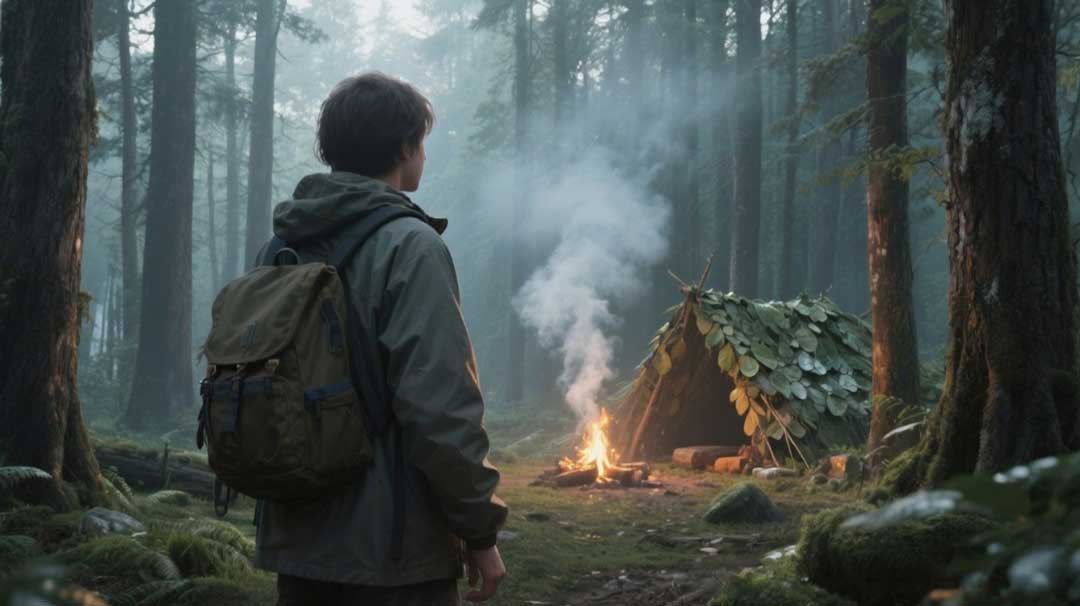Essential Survival Guide: What to Do If You Get Lost in the Forest
Getting lost in the forest can be a frightening experience, especially when panic starts to take over. However, staying calm is your most powerful tool in a survival situation. One of the most effective strategies in this kind of emergency is the STOP method: Stop, Think, Observe, and Plan. This technique helps you remain focused and avoid impulsive decisions that could make things worse.
1. Applying the STOP Method
Stop
Halt your movement immediately. Wandering aimlessly may lead you further away from safety. Take a moment to breathe and settle your thoughts.
Think
Recall your last known location and direction of travel. Consider the time of day and your physical condition before deciding what to do next.
Observe
Look around for signs of human presence, flowing water, animal tracks, or natural pathways. Stay alert to weather changes and potential dangers like slippery slopes or wild animals.
Plan
Make a rational plan based on your surroundings. Prioritize finding water, setting up shelter, and making yourself visible to rescuers.
2. Finding Water
- Natural Sources: Look for rivers, streams, or clean water pools. If the water appears cloudy, filter it with a clean cloth before drinking.
- Condensation Trap: Dig a shallow hole, cover it with plastic, place a small rock in the center, and collect condensed water in a container placed underneath.
- Morning Dew: Use clean fabric or clothing to soak up dew from leaves, then squeeze it into a container.
3. Building Shelter
- Natural Shelter: Utilize caves, tree bases, or shallow depressions in the ground. Always inspect for insects or animals before settling in.
- Improvised Shelter: Build a shelter using branches, large leaves, and any available materials you can find around you.
- Strategic Positioning: Choose dry, elevated ground away from riverbanks to avoid flash floods and animal visits, especially in the evening.
4. Signaling for Help
- Campfire: Build a fire in an open space to produce visible smoke. Fire also deters wild animals at night.
- Visual Signals: Use bright fabrics, mirrors, or reflective surfaces to attract attention from afar.
- Make Sound: If available, use a whistle or bang rocks together repeatedly to make loud, noticeable noise.
5. Other Vital Survival Tips
- Control Emotions: Panic wastes energy and clouds judgment. Stay focused and calm.
- Conserve Energy: Don’t rush to find food. Focus on water and shelter first, then search for food calmly.
- Maintain Physical Condition: Keep moving periodically to stay warm, but rest adequately to avoid exhaustion.
- Stay Visible: If you must relocate, leave markers behind and stay in open areas.
- Navigation Tips: If you have a compass or map, use them. Otherwise, follow a river downstream or use the sun’s position to guide your direction.
Finding yourself alone and disoriented in the woods can be scary, but with the right mindset and survival techniques, you can increase your chances of finding your way to safety. Stay calm, trust your instincts, and apply the strategies you’ve learned. Remember, survival isn’t just about strength; it’s about staying focused, adaptable, and resilient until help arrives.
